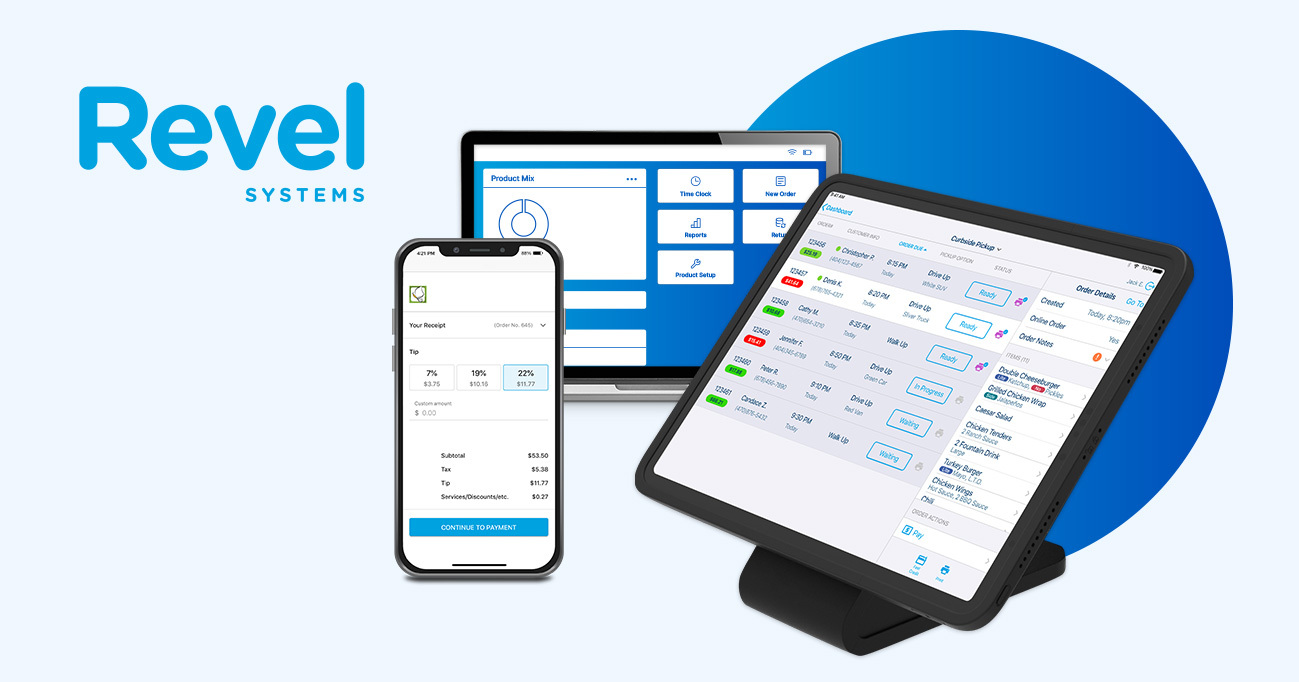Call Sales: +1 (833) 437-3835
Call Sales: +1 (833) 437-3835
Revel | August 1, 2016 |

Running a successful restaurant isn’t just providing excellent food and pairing it with stellar service. Restaurant owners have to do so while managing a number of variables that can have a significant impact on their bottom line. While owners are doing their best to control costs, consumers are doing the same with their personal budgets. While the two forces may seem to be at constant opposition with one another, they don’t have to be.
Recently we covered how service delivery and labor costs, left unchecked, can wreak havoc on a bottom line. However, thanks to clearly identifiable inputs and outputs, to some extent those are costs that are easily quantifiable. What about the costs that aren’t as clear? Here are the final three unexpected things that can affect your margins and bottom line.
In an omnichannel world, it takes real work to keep menus up-to-date. Adding a new modifier or option requires attention at multiple customer touchpoints: handheld menus, takeout cards, menu boards, website and app menus, and possibly more. If your restaurant's menu is complex (or if you operate multiple locations with different options, modifiers, or pricing), maintaining consistency across your entire menu architecture is a daunting - and perhaps unmanageable - task.
Inaccurate or outdated menus are problematic for many reasons. Even if they're priced properly in your POS, improperly displayed menu prices can create misunderstandings between customers and staff, and potentially lead to disputes that require comps or freebies to solve. Out-of-sync menu modes - for example, takeout menus that differ in subtle but important ways from in-house or online menus - can further sow confusion and lead customers to conclude that you're not running a tight ship. Missing or incorrectly priced modifiers foreclose valuable opportunities to boost ticket size and pad sales. The list goes on.
Revel's omnichannel solution dramatically simplifies the digital side of things. It's easy to keep menus current and synced across mobile ordering interfaces, self-serve kiosks, and traditional register ordering. That makes for a smoother experience for customers - and fewer missed revenue-capture opportunities for operators.
According to University of Chicago professor Laurens Debo, as quoted in Chicagoist, restaurant lines are inevitable - despite the findings of a Chicagoist poll in which respondents cited "long lines" as their top restaurant-related complaint.
Customers clearly have a love-hate relationship with busy joints. On the one hand, long lines imply popularity, validating customers' choices and producing a virtuous cycle. On the other hand, no one actually enjoys waiting in line. Everyone has a limit, and when lines get too long, customers do walk out.
How to resolve this conundrum? An efficient POS that reduces order times without compromising ticket size is certainly a start. Revel's self-serve solution allows customers to order whenever they're ready, and its mobile POS reduces time spent hemming and hawing once customers arrive at the front of the line. The result is fewer walkouts and a smoother operation all around.
At first blush, power and communications outages seem like external factors. You can't calm the winds and prevent branches from taking out power lines, or calm your city's appetite for electricity on a sweltering summer day.
Power outages are bad for business, no question. If you don't have an onsite generator, every minute without power is a minute closer to the dreaded moment when you have to cut your losses and throw out everything in the coolers.
Communications outages are rough too. You can't take phone orders or process credit card transactions without a reliable connection to the outside world. With most POS systems, business grinds to a halt (or, at least, a slow crawl) until the connection comes back online.
Revel's offline mode can't turn the power back on or reestablish contact with the outside world, but it can keep things functioning at a reasonable degree of normalcy during an unexpected outage. That means less manual work to push through queued credit card transactions once things get back to normal, and fewer lost sales due to customers walking out of a dark, cut-off restaurant.
Predicting the future is never easy - and in the restaurant business, it's downright futile. Even talented operators who build their businesses on quality products and unimpeachable systems have little to no control over certain crucial factors that can literally mean the difference between healthy profits and insolvency.
For example, individual restaurant owners, and the trade associations that represent them, can lobby all they want against minimum wage increases or tighter regulatory schema. However, they can't actually control what happens at city halls and state legislatures across the country. Trying to do so is a recipe for madness. Perhaps the best advice is simply to worry about what you can control - and forget the rest.
How are you optimizing your restaurant's margins and bottom line?
Rob Williamson is a business owner and tech enthusiast who writes about strategies for utilizing tools to improve sales & productivity.